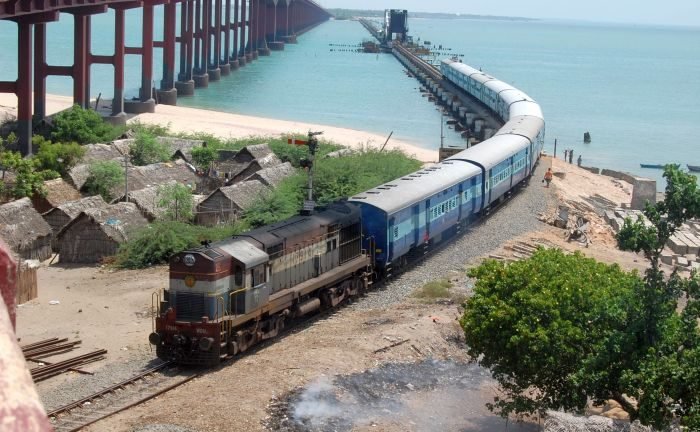India’s massive rail transport system is managed by the honourable Ministry of Railways. It is a government body that is responsible for operating the state-owned Indian Railways, which by itself holds a complete monopoly over all rail transport in India under the leadership of the Chairman of the Railway Board. A PNR Status Enquiry can be made on multiple online platforms by any passenger.
The position of the Minister of Railways is an important portfolio handled by one of the cabinet ministers under the Prime Minister. The responsibility of the Minister of Railways is to make oversee the functioning of the nation-wide train system and ensure that there are no discrepancies anywhere. This minister also produces the budget of the railways on a yearly basis in the parliament.
Hierarchy and Structure:
The Minister of Railways gets direct reports from the Railway Board. This board consists of a single Chairman, a Financial Commissioner, and five separate members of the board. The board is incomplete without a Director General for Railway Health Services and another Director General for the Railway Protection Force. A place known as the Rail Bhavan in Delhi serves as the home of the Ministry of Railways.
A Brief History of the Railway Budget:
William Acworth was a British man who chaired the East India Railway Committee as far back as 1924. He realized that there was an immediate requirement for some sort of management to handle the booming railway sector in India. The committee soon decided that the Railway Budget needs to be separately presented to the government each year. Interestingly, this is what led to the split in the way the budget is presented even today. In 1924, a ratification of the Resolution of Separation was done. This began a new era of separate finances when it came to the general government requirements and railway finances. This also led to the expansion of the board itself. It now included a Financial Commissioner as well. This person’s duty involved the overseeing of new projects, storages, and ways of working. Besides these, the Financial Commissioner also had to take care of the staff, administration and railway traffic.
1st April, 1929, saw the Financial Commissioner replacing the Auditor General as the one in charge of the creation and maintenance of accounts.
Why was the Railway Budget separated?
When the railway budget saw a complete breakaway from the government budget in 1924, not everybody understood the implications and importance of this decision. At that time, a shocking seventy percent of the country’s budget was just the railway budget. This number slowly declined over the years. Today, the railway budget forms a mere fifteen percent of the country’s total national budget.
Whenever the railway budget for the year is announced, a wide variety of details pertaining to passenger convenience is presented. This may range from the opening of new tracks to reduction or increase in train fares. Sometimes, new train services are also introduced during the announcement of the railway budget. The railway budget is public information and is open for all the citizens of the country to view.





